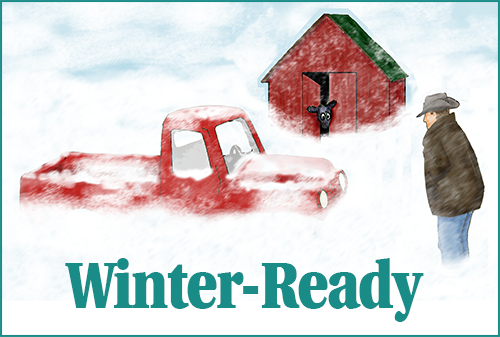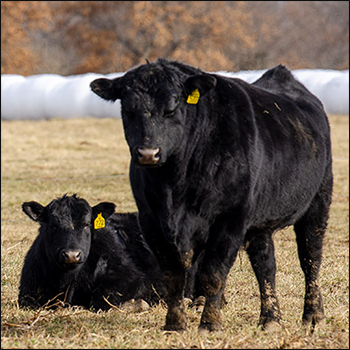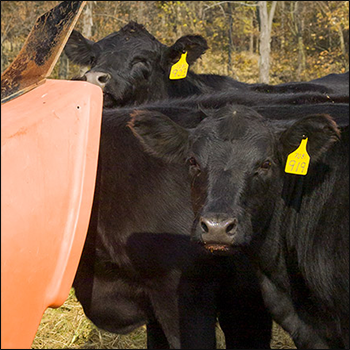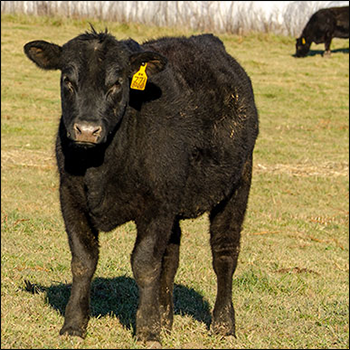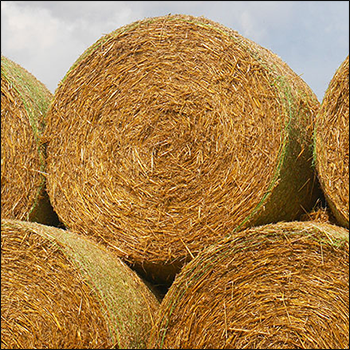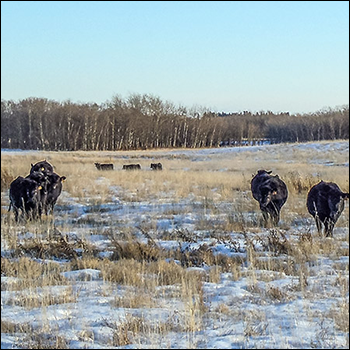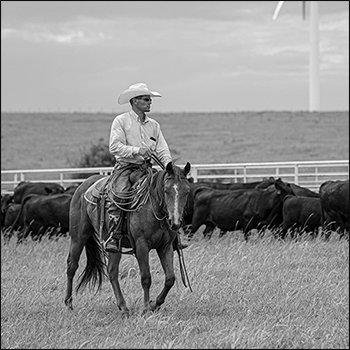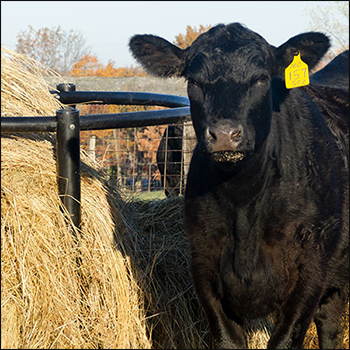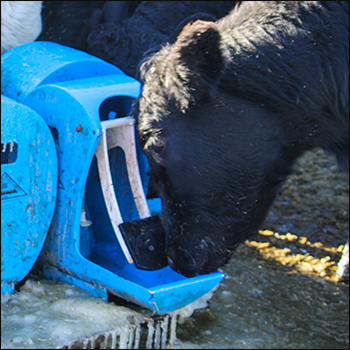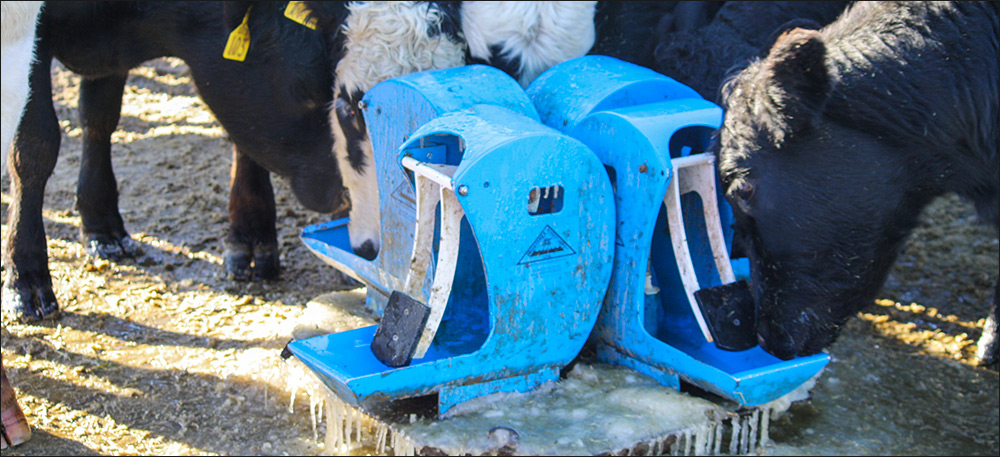
Tired of Breaking Ice?
Nose pump enables cattle to pump their own water.
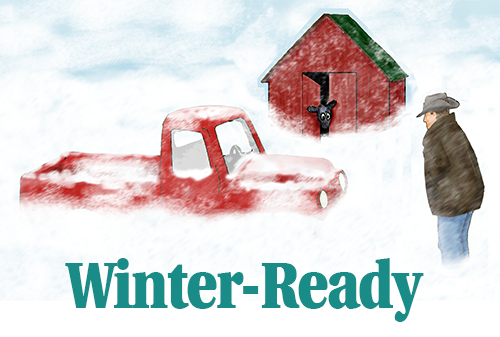
Ask any cattleman or woman their favorite part of winter. You can bet thawing water or breaking ice will not make the list. Winter water is a challenge, but a necessity.
Twenty-two years ago, Jim Anderson, a rancher near Rimbey, Alta., Canada, created an innovative water system in which cattle pump water for themselves from shallow wells — water that doesn’t freeze even at -40° F.
His invention uses a simple piston pump, like the old-fashioned well where a person works the handle up and down to lift water. He modified it so cattle could use their nose to push a lever that operates the piston pump by raising and lowering the piston in the cylinder, the same as a handle would do.
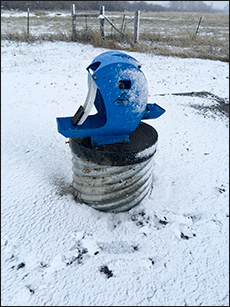 |
“We installed the first one eight years ago and used a backhoe to dig deep enough to have water coming into the hole, and put a culvert into that hole — about 12 feet down — then put gravel around it. We’d drilled holes around the bottom end of the culvert to allow water to come into it,” Alvin Lusk explains. [Photo courtesy Alvin Lusk] |
The waterer is a small basin on top of a vertical culvert that goes down far enough to make use of ground water or water from the bottom of a pond or dugout nearby. Water from the pond is piped horizontally underground to the bottom of the culvert, where it then rises to the same level as the pond surface. Anderson explains a road culvert at least 24 inches in diameter is typically used, providing opportunity for ground heat to rise and keep the water pipe in the center warm enough. Any water left in the basin after the cow pumps it and drinks drains back down the pipe to below the frost line, so it never freezes up.
Alvin Lusk, manager of agricultural resources at Brigham Young University-Idaho, Rexburg, Idaho, says their cattle facility has two nose pumps. Where they pasture cattle is far enough away from the buildings that they didn’t want to run electricity for pumping or to keep water tanks heated in winter, he says.
“We installed the first one eight years ago and used a backhoe to dig deep enough to have water coming into the hole, and put a culvert into that hole — about 12 feet down — then put gravel around it. We’d drilled holes around the bottom end of the culvert to allow water to come into it,” he explains.
These water sources never freeze. Lusk put two insulated foam boards on the ground and poured a 16-foot-square concrete pad on top of that.
It took a little time to train the cows to use the first one.
“We fenced them into a small area, with just the nose pump for water. When they got thirsty, we’d pump a little by hand. They knew the water was there, and they’d drink it. We’d pump a little more until a few figured it out, and the rest copied them. That first day, we worried whether they’d learn, but they did,” Lusk says.
“This water source allows us to do winter grazing. It’s a pasture where we’d tried many different watering methods, but this worked the best. Once these pumps were put in, there haven’t been any breakdowns or problems — no maintenance required at all. In earlier years the cattle were drinking from the river, and we had to chop ice every day.”
While a foolproof water source in winter, it’s also nice in the summer because now the cattle can be kept out of the river, says Lusk. “We don’t have to worry about them damaging the riverbank or getting manure in the river.”
With the second nose pump, water is provided for winter grazing on corn.
“We don’t have to depend on electricity, wind or sunshine for solar power. This works all the time. Sometimes there will be a little ice around it on really cold days, but it still works,” he says.
Editor’s note: Heather Smith Thomas is a cattlewoman and freelance writer from Salmon, Idaho. Lead photo by Jim Anderson.
